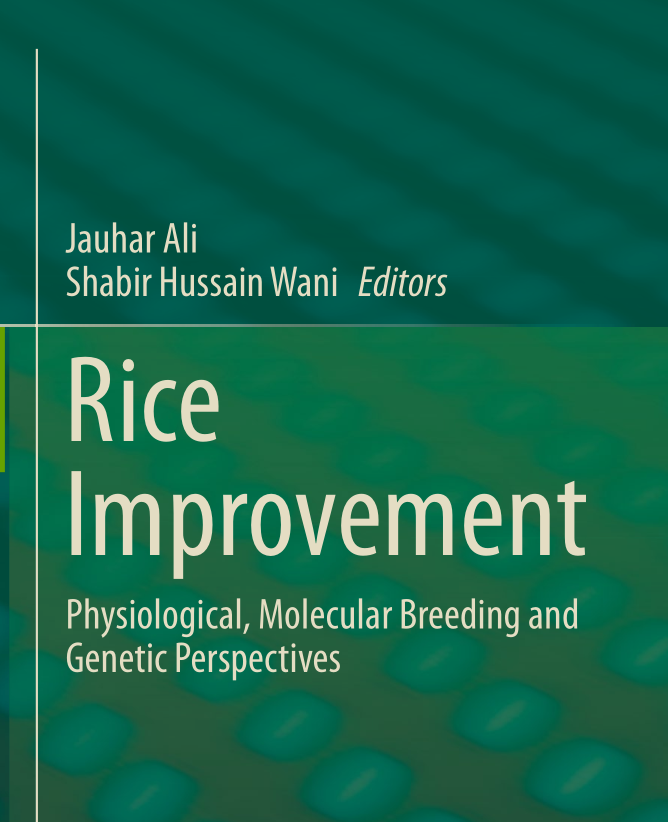
Rice Improvement:Physiological, Molecular Breeding and Genetic Perspectives PDF
11.335 MB·other
Most books are stored in the elastic cloud where traffic is expensive. For this reason, we have a limit on daily download.
Preview Rice Improvement:Physiological, Molecular Breeding and Genetic Perspectives
Description:
Rice is one of the most significant cereal crops globally, intertwined with food and
human culture. Ninety percent of the rice produced and consumed in Asia is linked
to poverty. Rice is a model crop for geneticists, physiologists, and biotechnologists.
The recent advances in their areas got a boost from the sequenced 3000 rice genomes
that are placed in the public domain for exploitation and will provide greater depth
and a more complete picture of the genetic information. A deeper understanding of
rice physiology, molecular breeding, and genetics could pave the way for more
sustainable varietal products for the benefit of humanity, particularly for those living
in the developing world. On this subject, the editors of this book have attempted to
highlight rice research advances in the fields of physiology, molecular breeding, and
genetics, with a focus on increasing productivity, improving biotic and abiotic stress
tolerance, and improving the nutritional quality of rice. This book offers a balanced
set of chapters after the authors in the opening chapter give an overview of the
advances in genetics and breeding of rice. It is widely understood that increasing
plant biomass and its efficient translocation to the sink hold the key to increasing
grain yield. Another chapter targets the strategies for engineering photosynthesis for
enhanced plant biomass production. It is vital to use the green traits concerning
multiple abiotic and biotic stresses, including water- and nutrient-use efficiencies.
Breeding of climate-resilient rice varieties could effectively provide insurance to
rice farmers to combat against climatic turbulence. Hybrid rice technology is
becoming the most viable option to meet global food security concerns as it assures
a 20–25% yield advantage over the best inbred varieties. It faces two major chal-
lenges for its wide-scale adoption. First, heterosis per se needs to be attractive for
farmers by assuring them a stable yield advantage of >25% over inbred varieties
besides addressing market requirements. Second, the higher hybrid rice seed repro-
ducibility (>3 t/ha) and decreased production costs should be attractive to the seed
industry.
See more
The list of books you might like
Most books are stored in the elastic cloud where traffic is expensive. For this reason, we have a limit on daily download.
